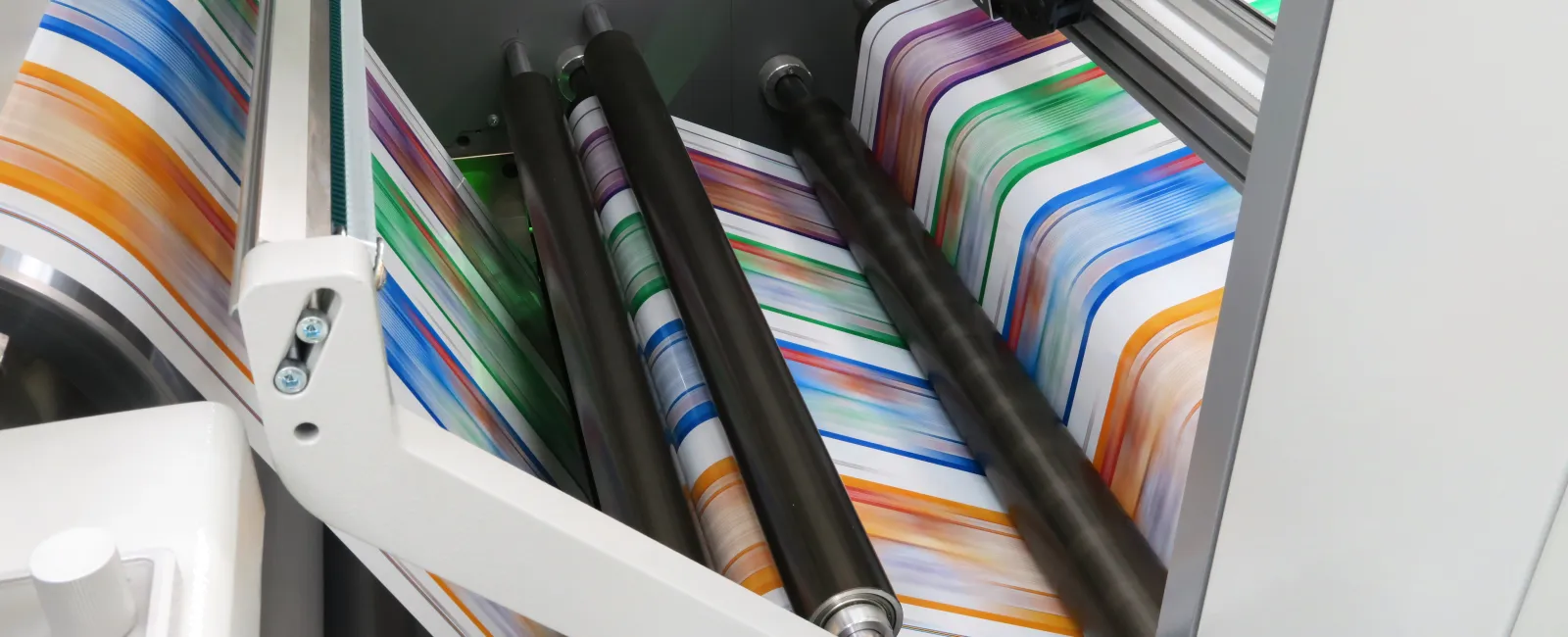Collation refers to the process of arranging multiple sets of printed pages in a specific order. It's a feature found in most printers and copiers. Understanding the collate printing meaning can simplify your printing tasks. It can help you organize multi-page documents efficiently, saving you time and effort.
In this article, we'll delve into the concept of printing collation. We'll explain how it works and why it's important in various printing contexts. Whether you're a student, office worker, or graphic designer, this guide will clarify the collate sheets meaning. It will also provide practical insights into paper collation. By the end, you'll have a solid grasp of collation in printing. You'll know how to use it to your advantage in your printing tasks.
What is Collation in Printing?
Printing collation is the process of arranging multiple pages of a document in a specific order.
When printing multiple copies, collation ensures that pages are organized and assembled in the correct sequence, making it essential for the efficient production of multi-page documents.
Collation is essential in various scenarios. Here are a few examples:
- Preparing reports
- Creating manuals
- Producing booklets
- Printing presentations
Without the collate feature, you'd have to manually sort the pages. This can be time-consuming and prone to errors, especially with large documents.
By understanding the collate printing meaning, you can streamline your printing tasks. You can ensure that your documents are organized and ready for use right off the printer.
The Collate Printing Meaning Explained
The term "collate" comes from the Latin word "collatus", which means "to bring together". In the context of printing, collation refers to the process of arranging printed sheets in a specific order.
When you select the collate option on your printer, it organizes the pages of your document in their correct sequence. For instance, if you're printing three copies of a three-page document, the printer will output the pages in the order of 1-2-3, 1-2-3, 1-2-3.
Without collation, the printer would output the pages in the order of 1-1-1, 2-2-2, 3-3-3. You would then have to manually sort the pages into their correct order. This is why understanding the collate sheets meaning is crucial for efficient document production.
In essence, collation is a feature that enhances the organization and readability of printed documents. It's a tool that saves time and reduces the potential for errors in document assembly.
How Does Collate Work on Printers?
The collation process in printers is automated. When you send a multi-page document to the printer and select the collate option, the printer's internal memory stores the document. It then prints the pages in the correct order for the number of copies you've requested.
This process is made possible by the printer's software, which controls the order of the pages. It ensures that each copy of the document is a complete set, printed in the correct sequence.
In essence, the collate function in printers is a smart feature designed to simplify the printing process. It eliminates the need for manual sorting, making document production more efficient.
Collate Sheets Meaning: Organizing Your Documents
Collating sheets in printing refers to arranging multiple sets of printed documents in a specific order. This order is usually sequential, following the natural reading pattern from the first page to the last.
The collate function is particularly useful when printing multiple copies of multi-page documents. Instead of having stacks of first pages, second pages, and so on, the printer organizes the pages for you.
In essence, collation ensures that each printed set is a complete copy of the original document. It's a time-saving feature that enhances the efficiency of document production.
The Benefits of Paper Collation
Collation in printing offers several benefits that streamline the document production process. It's a feature that's often overlooked, but it can significantly enhance efficiency and productivity.
The primary advantage of collation is the organization it provides. It eliminates the need for manual sorting of pages, saving time and reducing the risk of errors. This is particularly beneficial when dealing with large volumes of multi-page documents.
Here are a few key benefits of paper collation:
- Ensures each printed set is a complete copy of the original document.
- Saves time by eliminating the need for manual sorting of pages.
- Reduces the risk of errors in document organization.
- Enhances efficiency in document production, especially for large volumes.
- Contributes to a professional appearance of printed documents.
- Facilitates easy distribution of documents in offices, schools, or events.
Collated vs. Uncollated Printing: What's the Difference?
When you choose to collate while printing, the printer organizes the pages in their correct order. For instance, if you're printing three copies of a three-page document, the printer will print them in the order of 1-2-3, 1-2-3, 1-2-3. This is what we call collated printing.
On the other hand, uncollated printing means the printer prints all copies of each page before moving on to the next. Using the same example, the printer would print the pages in the order of 1-1-1, 2-2-2, 3-3-3. This is ideal for certain tasks, like creating stacks of flyers.
Understanding the difference between collated and uncollated printing can help you choose the right option for your specific needs. It's all about efficiency and convenience.
Conclusion: Why Collation Matters in Printing
In conclusion, collation is a crucial aspect of printing. It ensures that multi-page documents are organized in the correct order, making them easier to read and understand. Without collation, managing large volumes of printed materials would be a daunting task.
Moreover, collation contributes to the professional appearance of printed documents. It's particularly important in the production of reports, manuals, booklets, and other materials where order matters.
So, the next time you're about to print a multi-page document, remember to check the collation settings. It's a small step that can make a big difference in the final output. Are you interested in more information? Reach out to us at 866-938-3757 or submit our quote request form and we would be happy to help!
Take Care,
Rick




